Increasing Demand in Electronics
The Rare Gase Market is experiencing a notable surge in demand driven by the electronics sector. Rare gases such as neon, argon, and xenon are essential in the production of semiconductors and other electronic components. As The Rare Gase Market expands, particularly in areas like consumer electronics and telecommunications, the need for these gases is projected to rise. In 2025, the semiconductor industry alone is expected to reach a valuation of over 500 billion USD, which could significantly impact the Rare Gase Market. This increasing demand is likely to stimulate production and innovation within the sector, as manufacturers seek to meet the needs of a rapidly evolving technological landscape.
Emerging Applications in Lighting
The Rare Gase Market is benefiting from the emergence of new applications in lighting technologies. Rare gases such as argon and krypton are integral to the production of high-efficiency lighting solutions, including LED and fluorescent lamps. As energy efficiency becomes a priority worldwide, the demand for these lighting solutions is expected to rise. The lighting market is anticipated to grow substantially, with projections indicating a value exceeding 100 billion USD by 2025. This growth could lead to increased consumption of rare gases, thereby bolstering the Rare Gase Market. Manufacturers are likely to innovate further, exploring new ways to incorporate these gases into lighting technologies.
Growth in Healthcare Applications
The Rare Gase Market is witnessing growth due to the expanding applications in the healthcare sector. Rare gases, particularly xenon and helium, are utilized in various medical imaging techniques, including MRI and CT scans. The increasing prevalence of chronic diseases and the rising demand for advanced medical imaging technologies are likely to drive the consumption of these gases. In 2025, the healthcare market is projected to grow significantly, potentially reaching trillions in value, which may further enhance the role of rare gases in medical applications. This trend suggests a robust future for the Rare Gase Market as healthcare providers increasingly rely on these gases for diagnostic and therapeutic purposes.
Regulatory Support for Clean Technologies
The Rare Gase Market is likely to benefit from regulatory support aimed at promoting clean technologies. Governments worldwide are implementing policies to encourage the use of environmentally friendly gases in various applications, including refrigeration and air conditioning. This regulatory environment may lead to increased adoption of rare gases, such as helium, which is considered a cleaner alternative to traditional refrigerants. As regulations tighten around greenhouse gas emissions, the demand for rare gases is expected to rise. The clean technology market is projected to grow significantly, potentially reaching hundreds of billions in value by 2025, which could provide a substantial boost to the Rare Gase Market.
Industrial Applications and Manufacturing Growth
The Rare Gase Market is poised for growth due to the increasing industrial applications of rare gases. Industries such as metal fabrication, welding, and manufacturing utilize gases like argon and helium for various processes. The expansion of manufacturing activities, particularly in developing regions, is likely to drive the demand for these gases. In 2025, the manufacturing sector is expected to witness significant growth, potentially reaching trillions in value, which may positively influence the Rare Gase Market. As industries seek to enhance efficiency and productivity, the reliance on rare gases for critical processes is expected to increase, further solidifying their importance in the market.


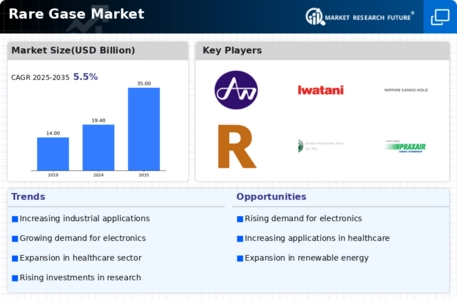
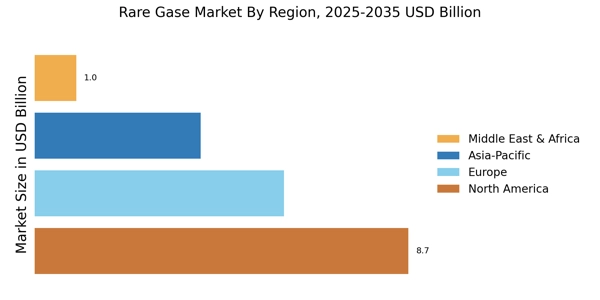
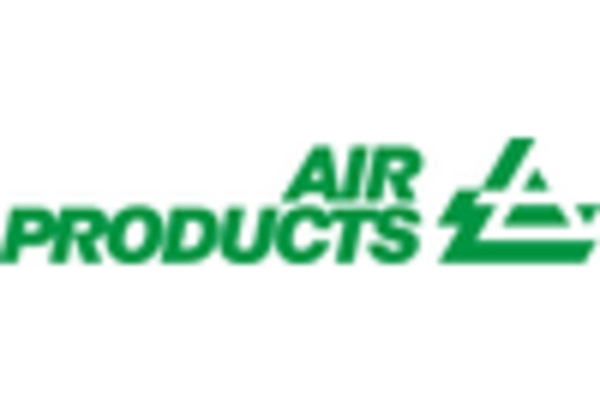
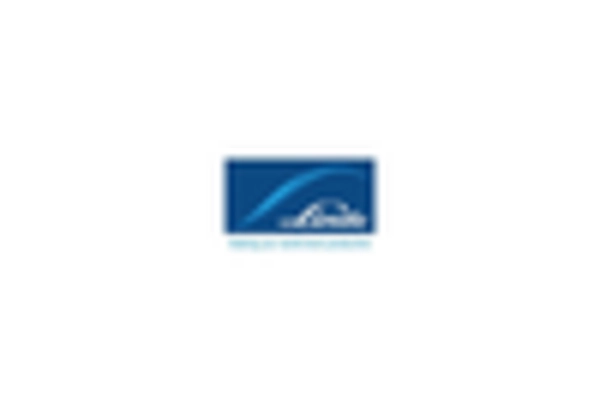
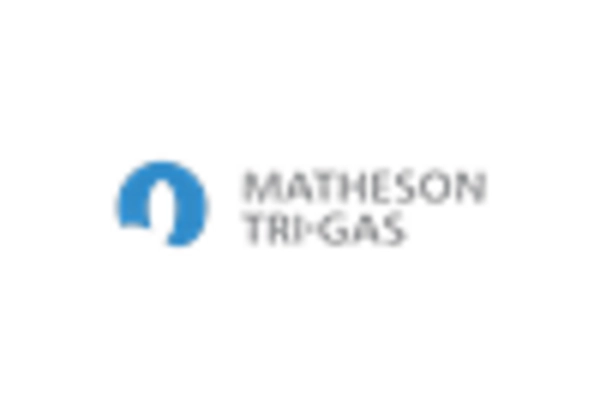
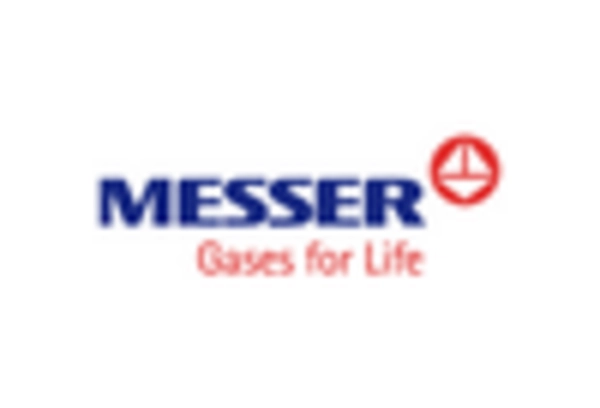
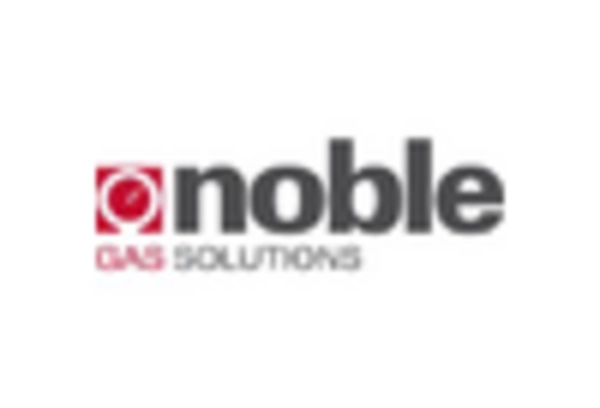
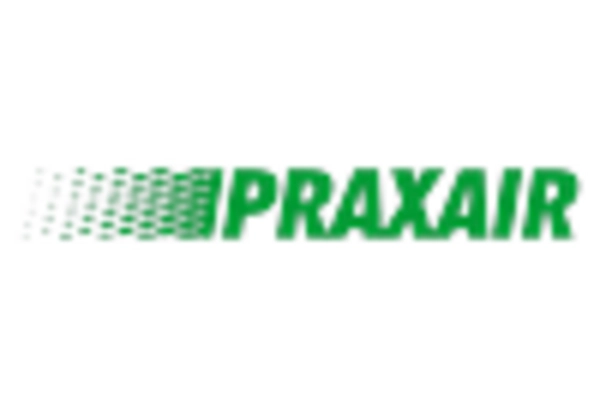








Leave a Comment